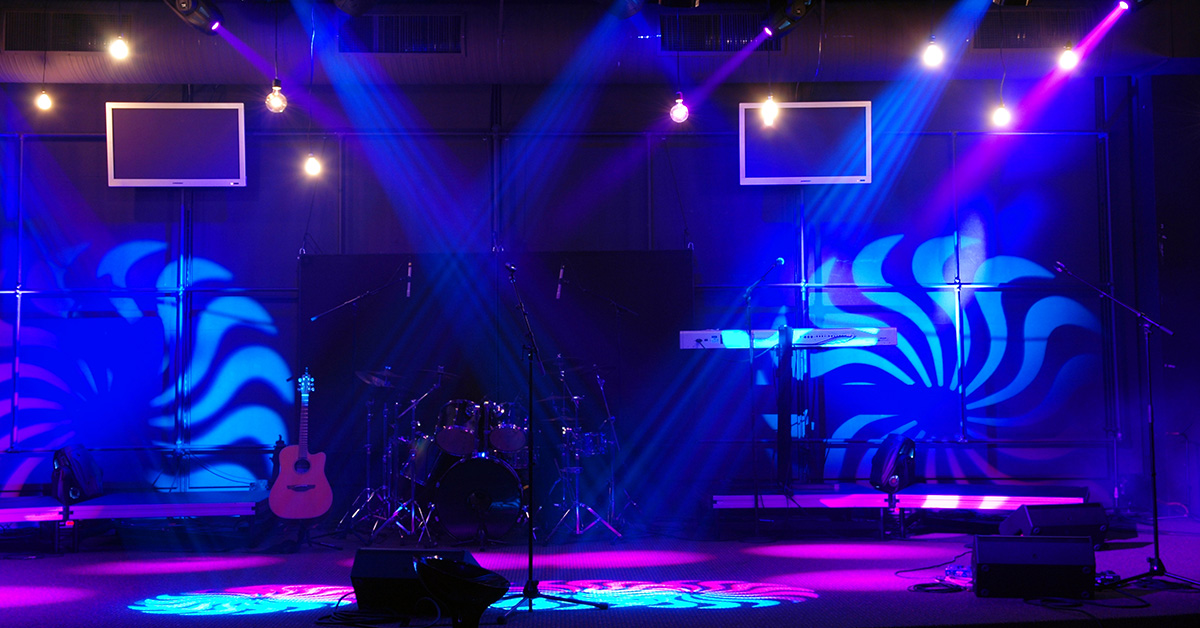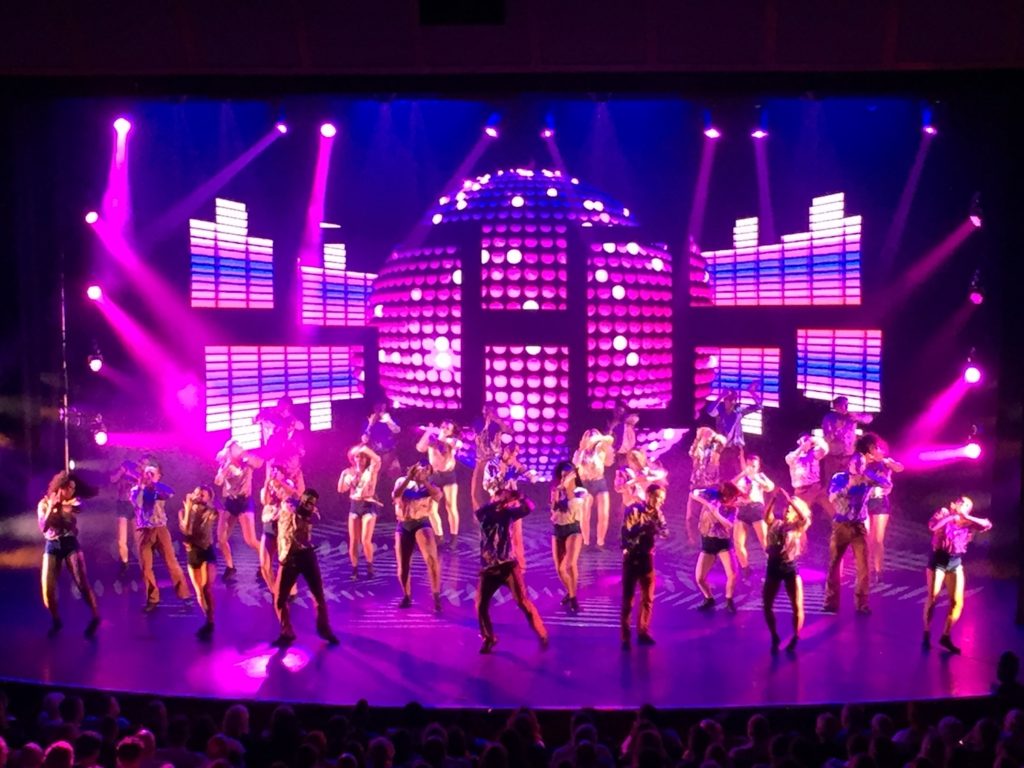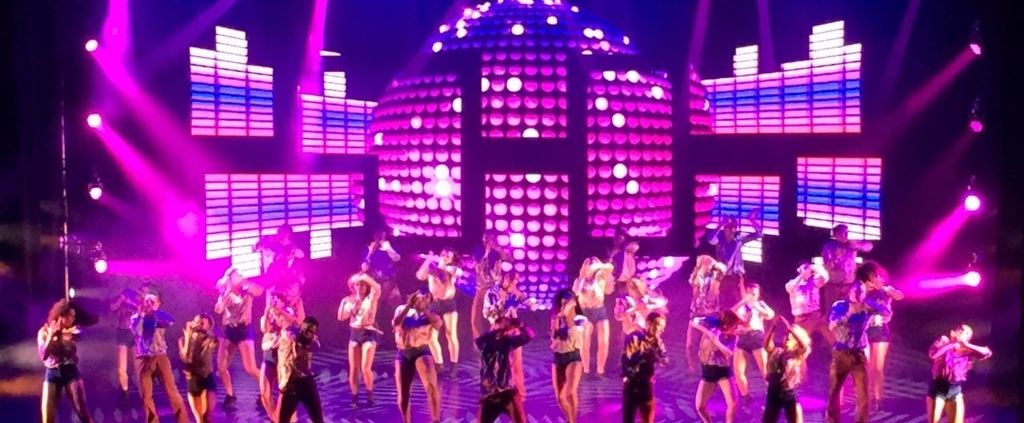Stage Lighting Control
It is a widely known fact that the number of fans of the music band, Coldplay, is far less than the number of people interested in attending their concert. Ever wondered why? The reason is that Coldplay concerts are a visual treat if not an auditory one. People are willing to spend hundreds and thousands of bucks only for a visual treat. Are you still wondering why? Let me tell you, it is mainly the strategic stage lighting control that makes Coldplay concerts a visual treat.

Historically speaking, all great performing artists relied heavily on the stage lighting. It is still popularly believed that stage lighting could potentially make or break an artist’s performance. Honestly, where’s the lie? Stage lighting plays a key role in setting up the audience’s mood and the overall vibe of the performance. Stage lighting can potentially translate emotions through the use of different colors, shapes and intensities. Consequently, the success of a performance heavily relies on stage lighting.
Functions of Stage Lighting for Stage Lighting Control
Stage Lighting plays a crucial role in the success of theatre plays, music concerts and shoots for television. It serves many functions that are vital for the success of a play.
Visibility
Would you pay for a performance where the artists perform in pitch darkness? Would you enjoy a performance that is poorly lit? The answer to these two questions is obviously no. Most theatre plays, concerts and art performances occur at night and in enclosed spaces where there is barely any natural light.
If not for the supplemental stage lights, the audience would literally be unable to see anything at all. The primary function of stage lighting is to ensure visibility. It is popularly believed by performing artists that the audience can hear better when they can visualize. Visibility allows them to lip-read in case the artist is not audible enough. Music artists are aware of the role of audio-visual coordination in the success of their performances. Hence, visibility is crucial for the success of any performance.
Another function of stage lighting is known as selective visibility. This controls what the audience can see and what they cannot see. This comes in handy when the director wants to direct the attention of the audience towards and away from certain performers. It can also be used to focus the audience’s attention on a particular scene.
Therefore, visibility is the key element for your audience to holistically enjoy and connect to the performing act.

Revelation of form
The revelation of form refers to the use of three dimensional lighting effects. For instance, depicting shadows lurking in the background can be done with the aid of stage lighting. This is used to create emphasis and increase the dramatization of a scene. This adds that extra oomph to performances despite the many limitations.
Focus
Unlike television, where the director zooms in on a performer to emphasize them and get the audience to focus on them, there is no such feature in theatre plays and concerts. In order to switch the focus of the audience, stage lighting is the only option. Stage lighting directs the audience regarding where they are supposed to look. Human eyes are naturally trained to focus on the brightest elements in the visual field and stage lighting uses this for maximum advantage.
Atmosphere
Stage lighting helps to build the mood and atmosphere for the audience.
Sad scenes are characterized by slow and mellow stage lighting. While jubilant scenes are characterized by bright and colorful stage lighting. The stage lighting has the potential to transform the whole vibe of the performance. Stage lighting augments the emotions being conveyed by the performer on stage. This allows the performers to build an emotional reality. The audience can not only connect and perceive the emotions of the actors but also feel them. For instance, the anger of a performer is represented by harsh red lights. This augments the emotional reality of the play. Similarly, the various light projections could be used to project varying emotions.
Concerts equally make use of stage lighting to set the moods of the audience. Just like Coldplay who take their performances several notches up only by smart utilization of stage lighting.
Composition
Composition means the use of stage lighting to paint a scene. This can be handy in case an adequate amount of props are not available. In such a case, stage lighting can solely be used to depict the imagery.
Stage lighting can be used to make up for the lack of props and scenery. It is through stage lighting that the audience perceives whether it’s a day sequence or a night sequence in the play. Nights can be projected by dark and mellow lighting while brightly lit scenes are used to project daytime. The use of yellow, orange and red hues could be used to represent sunrise or sunset. Similarly, flashing stage lights can be used to portray thunderstorms. Special effect projectors can also be used to paint starry skies.

Take Away
Stage lighting serves the integrative function and tends to unite all elements of the stage performances. Be it theatre plays, concerts or television shoots, lighting is crucial for the success of all. Great script and performances, excellent costume detail and background design; all come down to nothing in the absence of good stage lighting. Without good stage lighting, the entire setup shall look dull and boring. Stage lighting should be smartly utilized in enhancing the efficiency and efficacy of the performance.
Without the first hand guidance of an expert lighting designer, you may jeopardize the stage lighting and compromise the success of your play or concert. The expert guidance of the customer support team at VTLG lighting shall help you overcome all these obstacles. This will allow you to add that extra oomph to the performances and leave your audience craving for more. It is a one-stop shop for all your stage lighting requirements.




